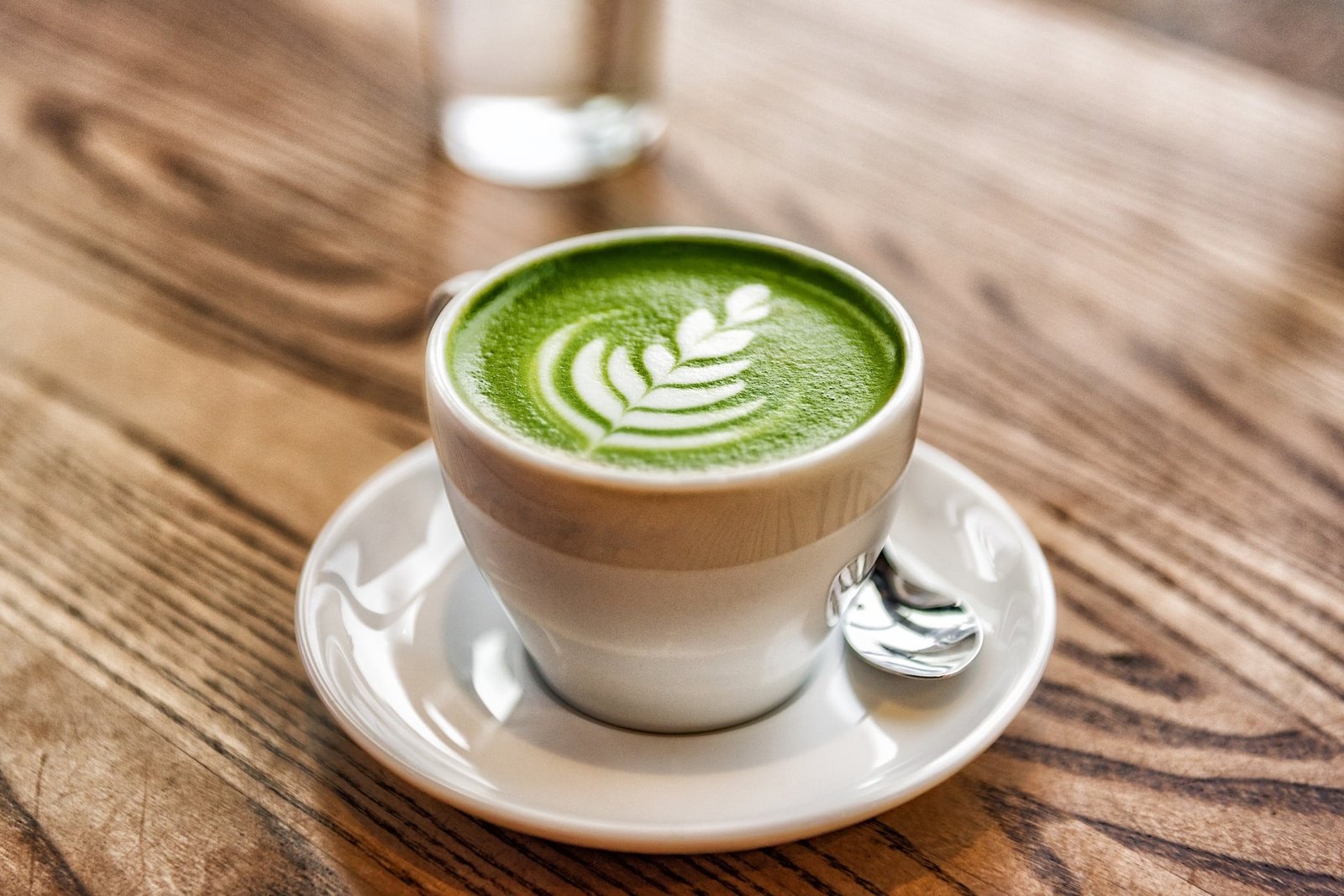Hailing from Japan, matcha has become a sought-after flavour in food and beverage. From matcha chocolates and ice creams to matcha breakfast bowls and breads, the trend is big and growing. So much so, it now holds a global market value of $4.3bn (€3.8bn), and a projected CAGR of 7.9% (Grand View Research).
“Matcha has surged in popularity, becoming a significant trend in both the tea industry and hospitality offerings,” says Aneta Aslakhanova, global marketing director at Newby Teas.
And one of the most successful products driving market growth is unquestionably matcha lattes. The coffee alternative is quickly gaining popularity, leading to an influx in matcha drinks onto the market.
Rheal’s Magic Matcha, PerfectTed’s Matcha Latte and Drink Me Chai’s Matcha Latte are just a few of the many products launched in recent years. Meanwhile, bigger players including Nestlé, Nespresso, Starbucks and Twinings have all entered the matcha latte market with their own offerings.
But, as sales soar, increasing demand is placing supply in jeopardy. So, what’s being done to protect matcha stocks?
What is matcha?
Matcha is a finely ground powder of shade-grown green tea. Shade growing gives matcha its characteristic bright green colour and strong umami flavour.

Why is matcha becoming so popular?
Matcha first became popular in Europe and the US in the mid-2010s, but sales have skyrocketed over the past five years as understanding of its potential health benefits have spread. These potential benefits include boosting metabolism, improving focus, supporting skin health, reduces inflammation, improving sleep quality, strengthening immune function and boosting mood.
“Matcha is not only a delicious drink but also a powerful tool for supporting a healthy lifestyle,” says Evita Upeniece, health expert for Newby Teas.
Furthermore, matcha’s caffeine content means some consumers are switching their daily cup of coffee for this potentially healthier option. Because while matcha has been linked to a range of health benefits, coffee has been linked to some negative health outcomes, including an increased risk of cardiovascular disease and potential developmental dangers to unborn children. Though research remains inconclusive and contradictory claims have been made.
It’s also helping those who want to cut down their caffeine intake as caffeine levels of matcha are lower than coffee.
“On average, a cup of matcha contains about 70mg of caffeine, in comparison to 100-140mg in a cup of coffee,” says Matthew Brookes of the Tea Makers of London.
Matcha is also winning the hearts and minds of the fashion-forward on social media. It’s become the drink for influencers to be seen making or buying, and Instagram and TikTok have entire communities dedicated to the unique flavour, including Matcha Gals and Matcha Run.
“There are a lot of matcha enthusiasts out there,” says a spokesperson for eCommerce platform, BlueCart. “With the popularity growth of matcha, a lot of people are switching from coffee or black tea to matcha beverages.”
What does matcha taste like?
Matcha is said to have a sweet, nutty taste which moves into a more savoury, umami flavour.

Will matcha replace coffee?
While matcha is hugely popular, with signs of continued growth in the sector, it’s unlikely to ever reach the market dominance of coffee.
Coffee is one of the most widely consumed beverages in the world. In 2024, 12.6% of the world’s population drank coffee every day. Additionally, coffee consumption continues to rise with a global market value of $223.78bn and a projected CAGR of 5.4% over the next five years (Grand View Research).
Matcha supplies stretched
The world’s biggest supplier nation of matcha, Japan, reported it’s beginning to see a shortage in matcha as global popularity grows. This was followed by two of Japan’s biggest tea companies, Ippodo and Marukyu Koyamaen, announcing purchase limits on matcha products.
Consumption “reached a record high last year”, Fumi Ueki, chief of the Leaf Brand Group, told the Japan Times.
But the Japanese government is reportedly stepping in, with planned subsidies to encourage growers to move away from traditional leaf tea, or ‘sencha’, and produce more ‘tencha’ – the type of leaf that produces matcha.
And supplies were already being ramped up, with production almost tripling over the past decade, leading to Japan producing 4,176 tonnes of matcha in 2023 alone (Agriculture Ministry of Japan).
However, as a seasonal product, tencha requires a specific timeframe for growth and harvest (late April to early May), making it harder for suppliers to build up matcha stores. Added to that, growers have reported that unpredictable weather patterns, resulting from climate change, are impacting yields.
In other words, there are multiple variables at play, which could impact future matcha supplies.











